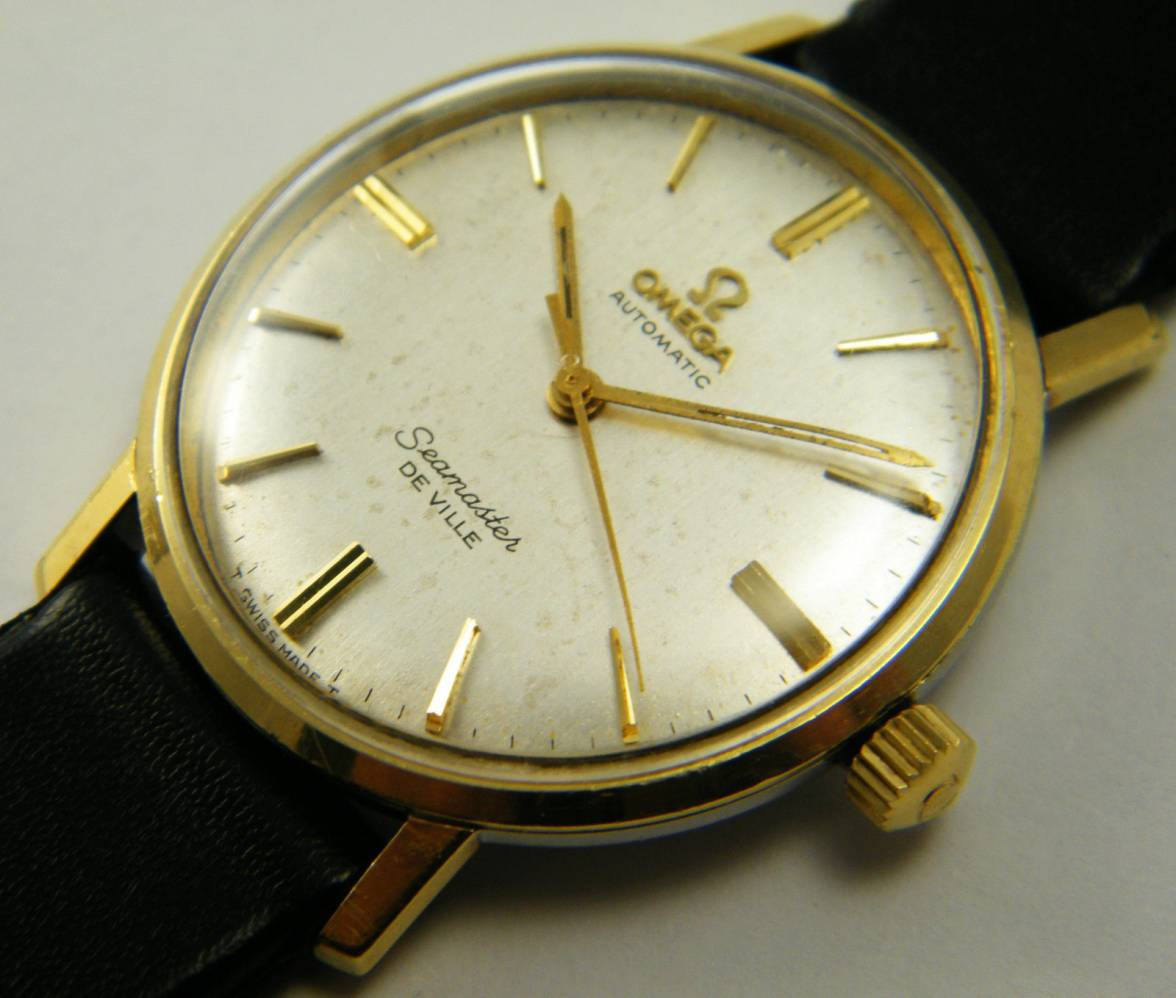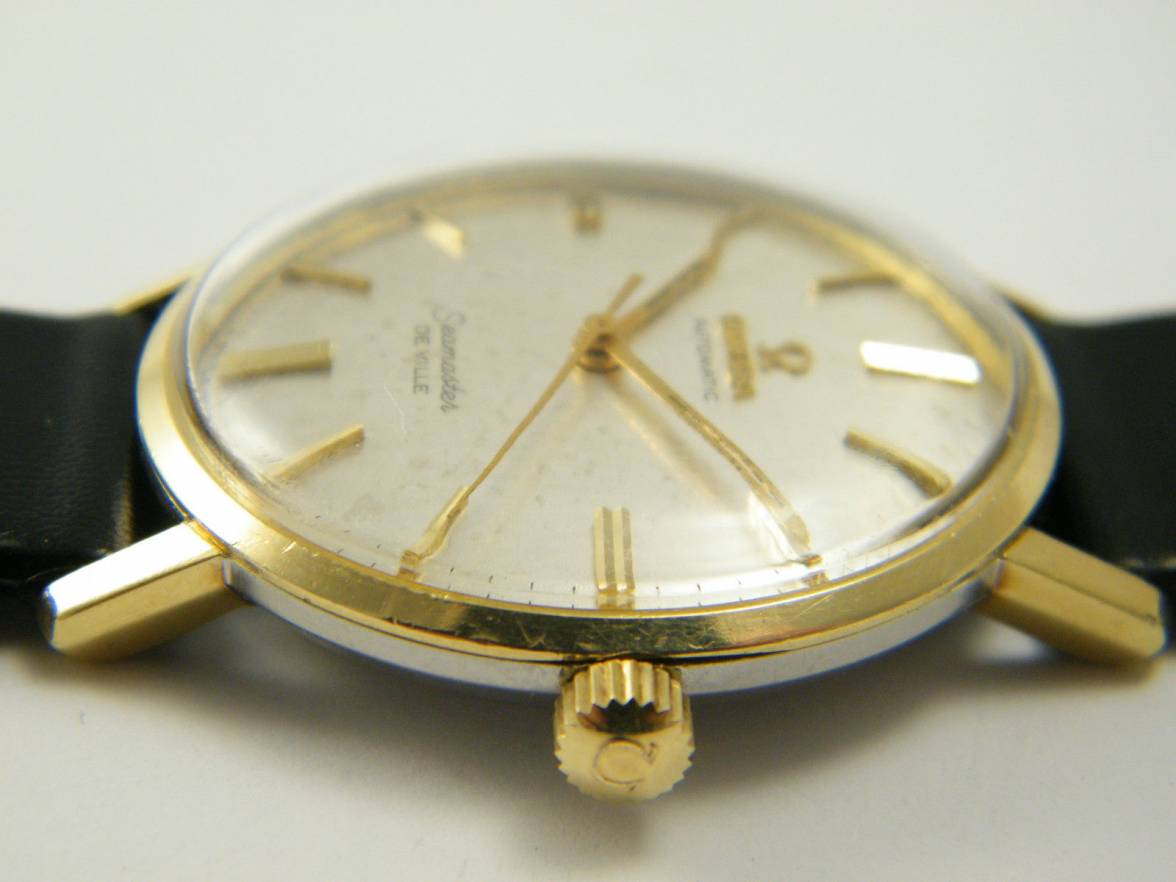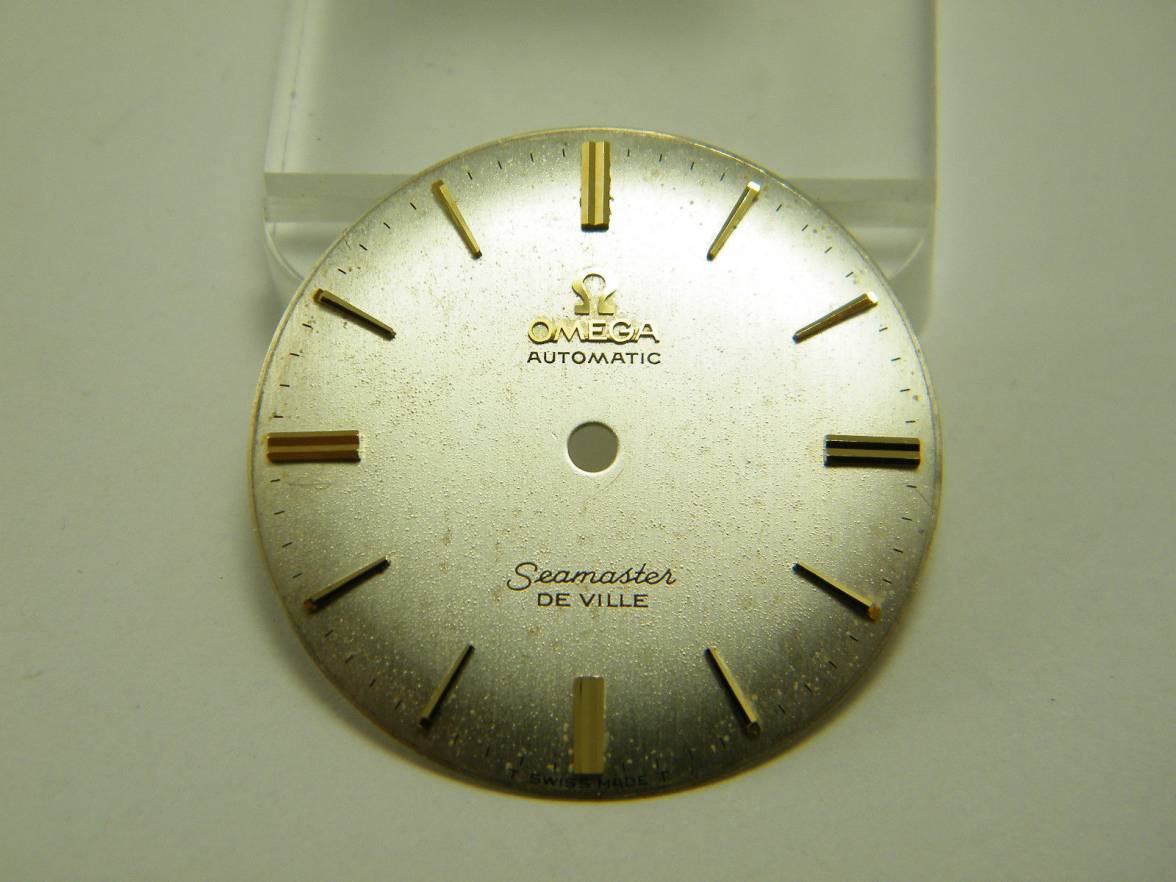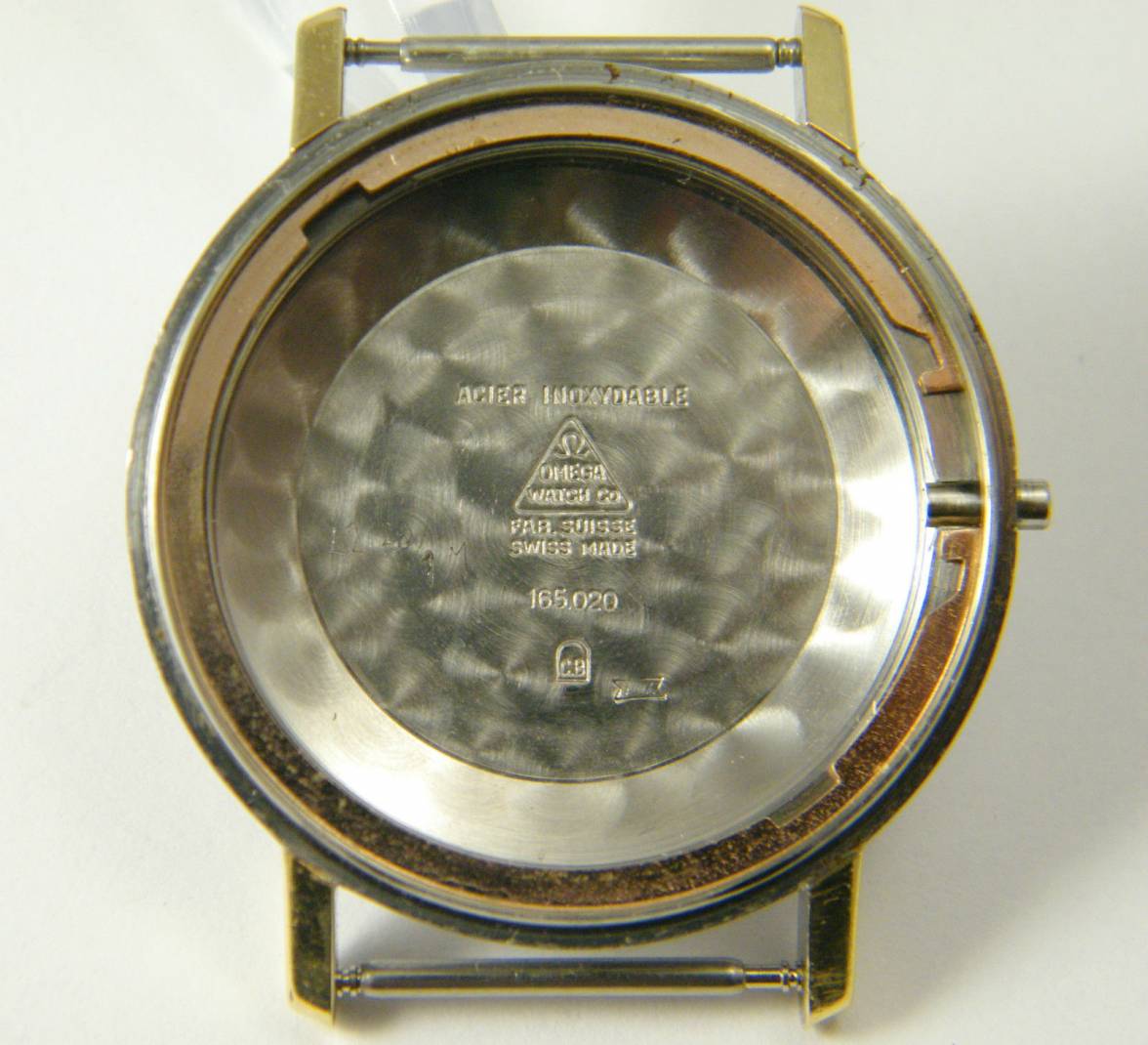CosmicThoughts
·Hello everyone,
I spotted an Omega Seamaster De Ville on eBay that has a movement I am questioning. The watch is time only so no day or date function. The trend I have seen is the movement will have 17 jewels if it is time only and it will have 24 jewels if it is date or day date. This watch has a 24 jewel movement but it is time only. It is a 552 movement which I looked up and it appears it is supposed to have 24 jewels but I think that this movement was mean to be paired with a Seamaster De Ville that has the date or day date function. I am including the pictures from the listing.
I spotted an Omega Seamaster De Ville on eBay that has a movement I am questioning. The watch is time only so no day or date function. The trend I have seen is the movement will have 17 jewels if it is time only and it will have 24 jewels if it is date or day date. This watch has a 24 jewel movement but it is time only. It is a 552 movement which I looked up and it appears it is supposed to have 24 jewels but I think that this movement was mean to be paired with a Seamaster De Ville that has the date or day date function. I am including the pictures from the listing.










